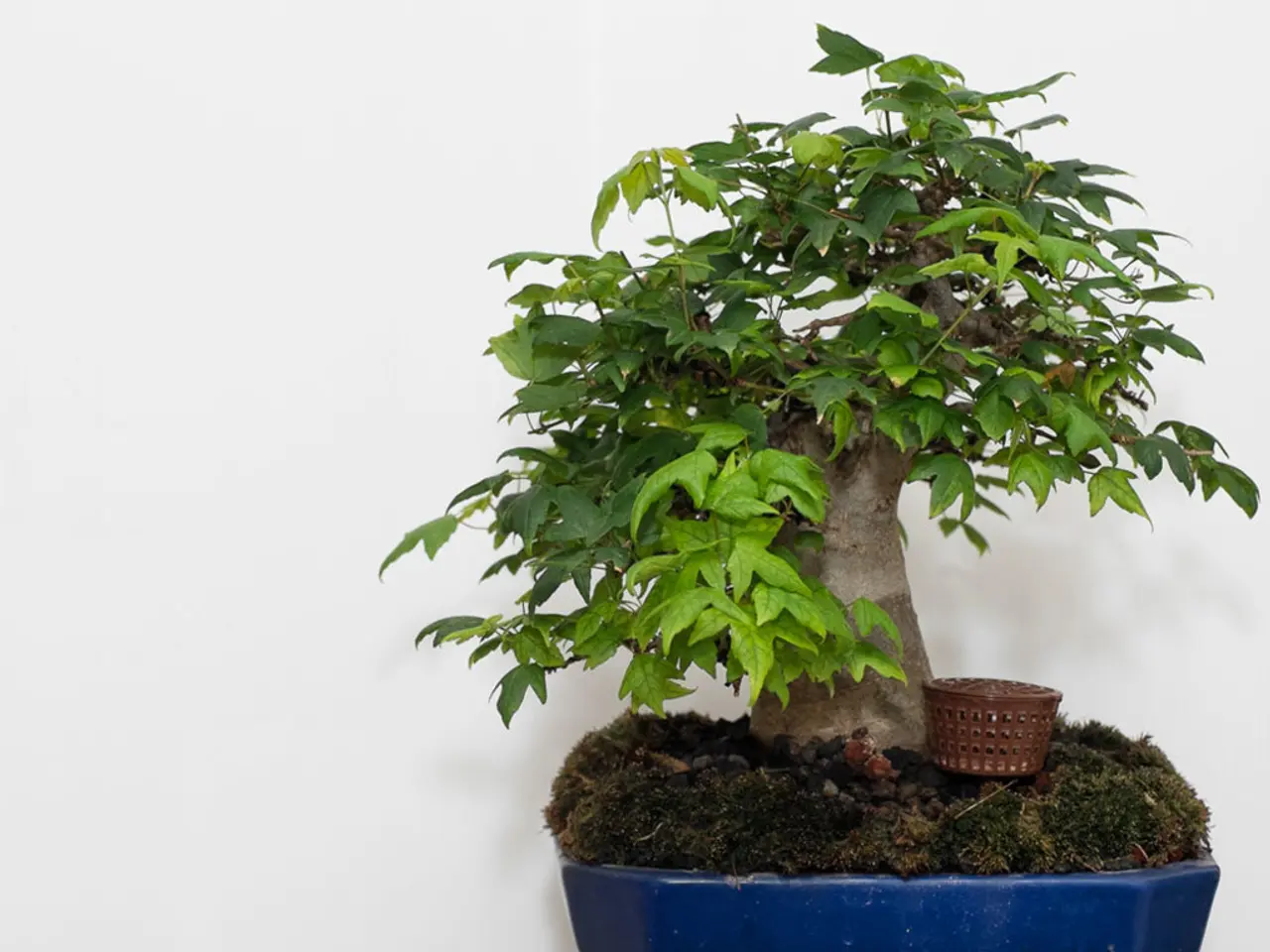Crafting Mini Terrariums for Kids: A Guide to Building Bonsai-inspired Ecosystems
In the realm of childhood imagination, miniature bonsai worlds offer an enticing opportunity to connect with nature and cultivate a sense of pride and ownership over a thriving miniature ecosystem. By nurturing and caring for these intricate creations, kids can embark on a journey of discovery that fosters a deeper understanding of ecological principles and the beauty of life.
To create a thriving miniature bonsai world, consider the following key factors:
Layering and Drainage
Start with a proper drainage layer, such as lightweight expanded clay balls (LECA) or charcoal, at the bottom to prevent waterlogging and root rot. This foundation ensures a healthy start for your plants and microfauna.
Plant Selection
Choose small, slow-growing plants that tolerate pruning and suit the terrarium's climate (tropical or arid). Avoid overcrowding early on to maintain balance, and consider adding moss, but ensure it's sourced ethically.
Microfauna Inclusion
Incorporate nutrient cyclers like isopods and springtails, which manage mold, recycle nutrients, and keep the ecosystem clean. Their species should match the climate and container size, with appropriate food such as leaf litter, occasional vegetable scraps, and protein (e.g., fish food pellets).
Watering Management
Terrariums are mostly self-contained and require minimal watering. Overwatering can harm plants and microfauna, so "less is more" when watering.
Soil and Substrate
Use activated charcoal beneath soil layers to prevent odors and fungal issues, with a nutrient-rich soil layer for plants to grow. A well-balanced soil mix specifically designed for terrariums and bonsai trees is essential.
Calcium and Nutrition
Provide calcium sources (e.g., crushed eggshells) to support isopods’ exoskeleton development and avoid accumulation of uneaten food to prevent spoilage.
These factors together promote a balanced, sustainable environment where plants, microfauna, and substrates support each other to sustain life for years or even decades.
Design and Aesthetics
Kids can explore their imagination by creating themed terrariums, such as a desert oasis, a mystical forest, or a magical kingdom. A delicate balance of scale, texture, colour, contrast, and movement must be carefully considered to create a visually stunning and harmonious miniature landscape within the terrarium.
Rock and pebble accents, such as river rock borders, pebble pathways, and rocky outcroppings, add a visually striking dimension, enhancing the aesthetic appeal and creating a sense of depth and dimensionality. Whimsical miniature details, like miniature figurines, tiny wooden bridges, and delicate shells, can transform a terrarium into an enchanting miniature world, inviting kids to explore the intersection of nature and imagination.
As kids design and tend to their miniature bonsai worlds, they'll begin to grasp fundamental ecological principles, such as the interconnectedness of living organisms and their environment. As they tenderly care for their terrariums, children will discover the joy of nurturing life and the beauty of watching their imagination take root.
A terrarium can take 2-6 months to stabilise, with plants adapting to their new environment and achieving ideal growth. By observing the intricate relationships between plants, soil, water, and light, children will develop a sense of respect for the natural world.
Regular monitoring and proper ventilation can help prevent infestations and ensure a thriving and balanced ecosystem within the miniature bonsai world. Creative expression knows no bounds in the domain of miniature bonsai worlds, and kids can let their imagination run wild by incorporating personal touches and unique elements that reflect their individuality.
However, it's important to remember that artificial plants and decorations can undermine the very essence of a miniature bonsai world, which is to cultivate a connection with nature and foster a deeper understanding of ecological principles.
In conclusion, miniature bonsai worlds offer a captivating opportunity for children to explore the wonders of nature and nurture their own creations. With careful attention, patience, and creativity, these miniature worlds can serve as a living testament to the beauty of life and the power of human connection with the natural world.
- To create a visually stunning and harmonious miniature landscape, consider the balance of scale, texture, color, contrast, and movement in your themed terrarium.
- In addition to plants and microfauna, rock and pebble accents, such as river rock borders, pebble pathways, and rocky outcroppings, can enhance the aesthetic appeal and create a sense of depth and dimensionality.
- As kids observe the intricate relationships between plants, soil, water, and light in their stabilized terrarium, they will develop a sense of respect for the natural world.
- To fully embrace the essence of a miniature bonsai world, encourage children to avoid using artificial plants and decorations, as these can undermine the focus on connecting with nature and understanding ecological principles.




